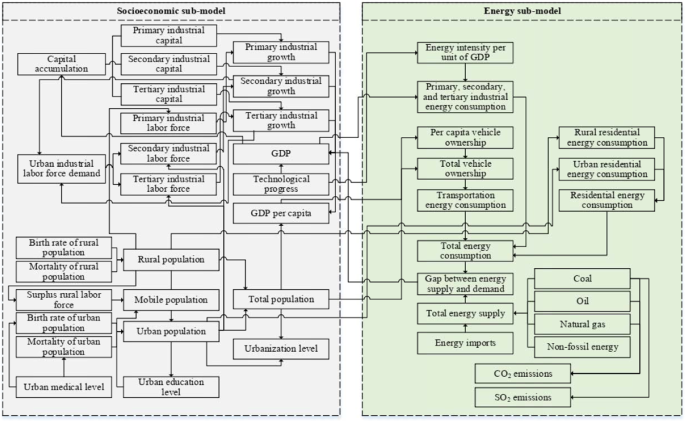
If desired, the loss would be modeled with an outflow from Customers as shown in the earlier brand switching post.įinally, this model assumes that Customers belong to one company alone, i.e., no one uses the product from more than one company at one time. This model does not model the decline of the market, through customer loss, since we are mostly concerned with growth and maturation. Energy should instead be focused on reducing the number of customers who switch to other brands and increasing the number of customers gained from other brands. Thus, efforts to change market share by changing the rate of gaining customers are ineffective.

Once the market is mature, the dynamics are dominated by the switching effects, not the process of gaining customers. This does, however, show that it is important to intervene in the correct place to reach your desired outcome. Of course, the switching factors in this model are constant and increased marketing should indeed change them. The effect of the customer switching is so strong that even increasing marketing for company’s B and C does not change the end result. Note the scale of this graph had to be changed relative to the earlier graphs to show all of company A’s customers. This another example of Success to the Successful. Giving an advantage to the early entrant to the market has the expected effect of boosting their customer base at the expense of the others. However, to make the model more dynamic and also useful, there should be factors that influence the relative attractiveness of the two brands, for example, marketing spend, product quality, product features, and customer service. Instead, this model uses constant switching rates the earliest entrant, company A is given the most favorable values. The specific mechanism that convinces customers to switch brands is not explicitly modeled here so that the structure matches that in the earlier post. Adding that structure to this model gives a model (available by clicking here) that implements both type 1 and type 2 rivalry.
Stella architect slow troubleshoot how to#
A previous post showed how to model switching between brands using arrays. Once a market is established, companies will also make an effort to win competitor’s customers away. All three companies end up with approximately equal market shares.īass Diffusion with Type 1 and Type 2 Rivalry The effect in this case is quite different. What if company B spent 50% more and company C spent 100% more than company A on marketing that is similarly effective? This could be modeling by once again changing the equation for marketing spend in $K, this time to: However, companies B and C could anticipate this and market more strongly.

Note that under these circumstances, the first company to enter the market retains a leadership position. Thus, the offsets from the start of the simulation for the launch of each company’s marketing campaign are 0, 6, and 12, respectively. The ARRAYIDX function returns the integer index of the array element, so it will be 1 for company A, 2 for company B, and 3 for company C. The STEP function is used to start the marketing spend for each company at the desired time. Thus, the staggered market entrance can be modeled with the following equation for marketing spend in $K: Recall that the marketing spend is the trigger for a company to start gaining customers. Company A enters the market at the start of the simulation, company B enters six months later, and company C enters six months after that. All three companies, however, do not enter the market at the same time. Although each different parameter, wom multiplier, fraction gained per $K, and marketing spend in $K, can be separately specified for each company, all three companies use the same values initially. Each array has one-dimension, named Company, and that dimension has three elements, named A, B, and C, one for each company. In this case, everything except Potential Customers needs to be arrayed, as shown below (and available by clicking here).įor this example, three companies will be competing for the pool of Potential Customers. To model the general case of an emerging market with multiple competitors, we can return to the original single company case and use arrays to add additional companies. This part will generalize this structure and add Type 2 rivalry (customers switching between brands). Last time, we explored the effects of Type 1 rivalry (rivalry between different companies in a developing market) on the Bass diffusion model by replicating the model structure.


The first part can be accessed here and the second part here.
Stella architect slow troubleshoot series#
This is the last of a three-part series on the Limits to Growth Archetype.


 0 kommentar(er)
0 kommentar(er)
